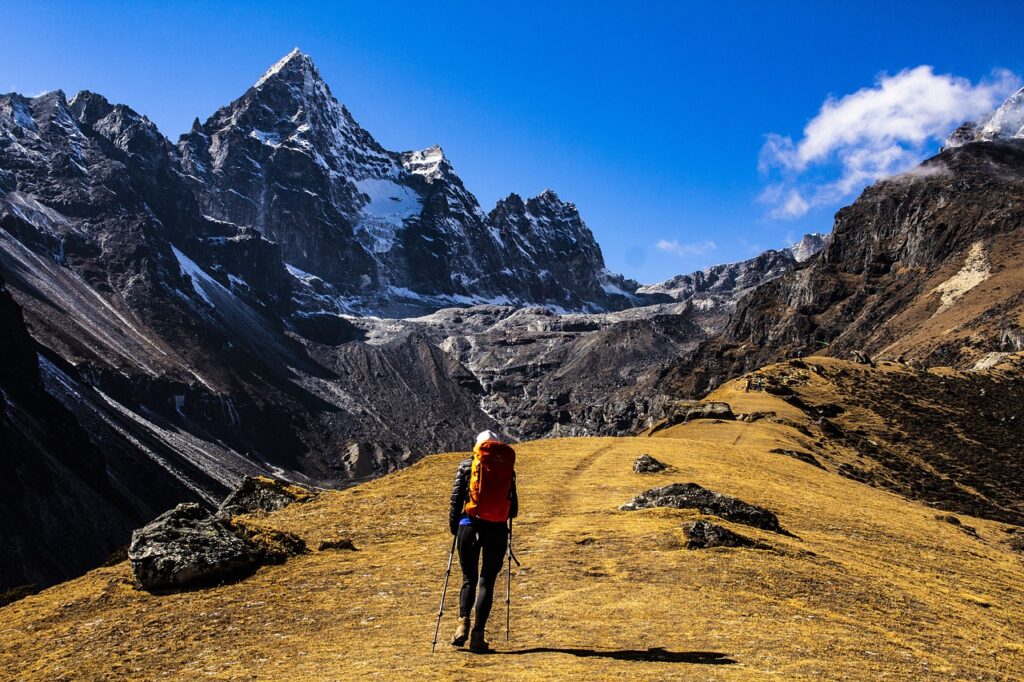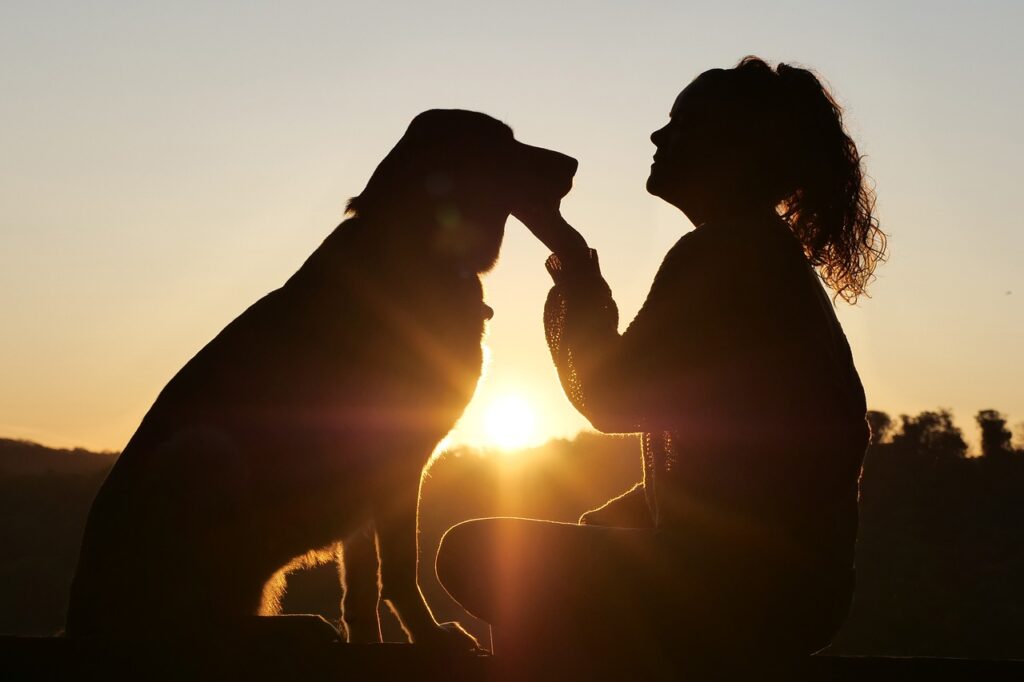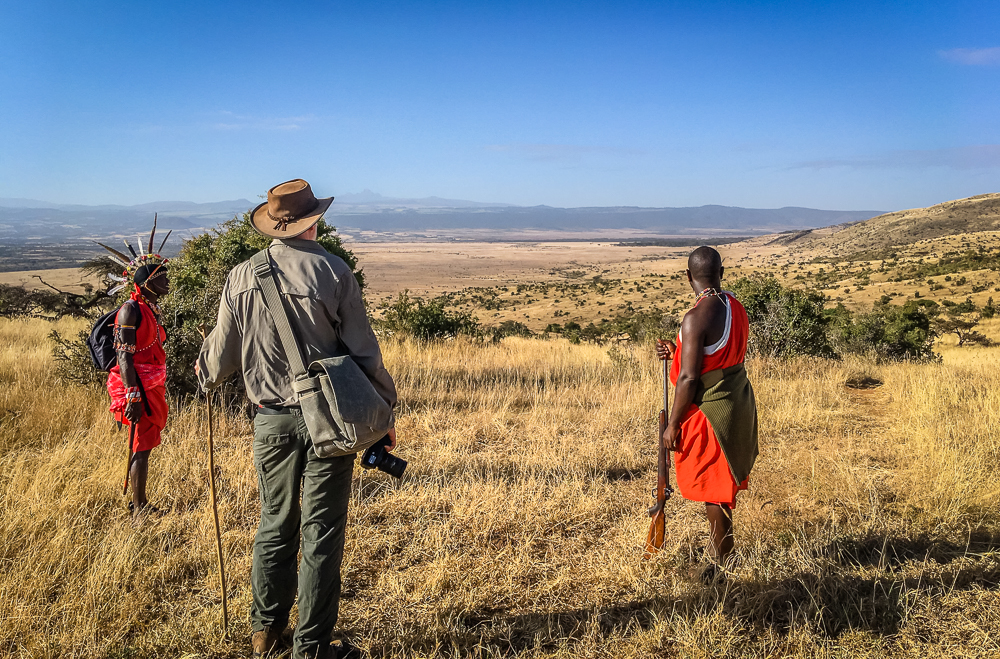
The Himalayas have long drawn the world’s most adventurous people. From George Mallory and Andrew Irvine’s fateful attempt on Everest in 1924 to recent successes by climbers like Kenton Cool, the “roof of the world” continues to beckon those seeking the ultimate challenge.
One of the most popular Himalayan adventures is the Everest Base Camp trek. This iconic route takes you deep into the heart of the Khumbu Valley, offering breathtaking views of Lhotse, Nuptse, and other Himalayan giants.
But before you book your flights and start packing your thermals, there’s some important information you need to know.
Everest Base Camp: The Lowdown
The site sits at a staggering 5,300 metres (17,600 ft) above sea level on the south side of Mount Everest in Nepal’s Khumbu Valley. The terrain is a mix of well-maintained trails, some rocky sections, and moraine crossings (debris left by glaciers). While the trails don’t require much technical ability, the constant climb and high altitude make it a tough task.
When to Go
The best times to trek to Everest Base Camp are during the shoulder seasons: spring (late March to May) and autumn (September to November). These times offer pleasant temperatures, clear skies with better views of the mountains, and fewer crowds compared to the peak summer months.
Monsoon season (June to August) brings rain, landslides, and limited visibility. While it can be a beautiful time, you’ll need to be prepared for the adverse conditions.
Required fitness level
While you don’t have to be a top athlete, a good level of fitness is essential. Expect to cover roughly 50-80 miles, with daily hikes ranging from 3-6 hours.
The biggest challenge, however, is the altitude. You’ll need to train for it by gradually increasing your elevation gain and incorporating cardio that simulates hiking with a weighted backpack. This will help prepare you for the thin air.
Packing essentials
The primary concern for our clothing and footwear should be practicality. You’ll need sturdy hiking boots with ankle support – preferably ones designed for mountain walking. Pack thermals, a quality rain jacket, and quick-drying clothes. Temperatures can vary greatly depending on the time of year and altitude, so layers are key.
Many trekking companies provide porters to carry your main luggage, so you only need a daypack. Sunscreen, sunglasses, a hat, and a water bottle are all essential. Don’t forget a headlamp for those early starts and late finishes, too.
Highlights of the Trek
The journey is filled with incredible experiences. Witnessing the awe-inspiring beauty of the Himalayas, with Everest towering above you, is a sight that will stay with you forever. You’ll also have the opportunity to immerse yourself in the culture of the resilient and hospitable Sherpa people, whose villages dot the valleys.
One particularly special highlight is Tengboche Monastery, a historic Buddhist monastery perched on a hilltop. It offers stunning vistas and a chance to experience true tranquillity.
Food and Accommodation
You won’t be camping under the stars every night, with most stays being in comfortable guesthouses. Known as teahouses, they offer dormitory-style rooms and communal dining areas.
Food is typically hearty and simple, focusing on dishes that will fuel your hikes. Dal Bhat, a staple Nepali dish of lentils and rice, is on almost all menus, with options for noodles, soups, and occasionally yak meat. Fresh produce becomes more limited as you reach higher altitudes, so be prepared for a more basic menu.


